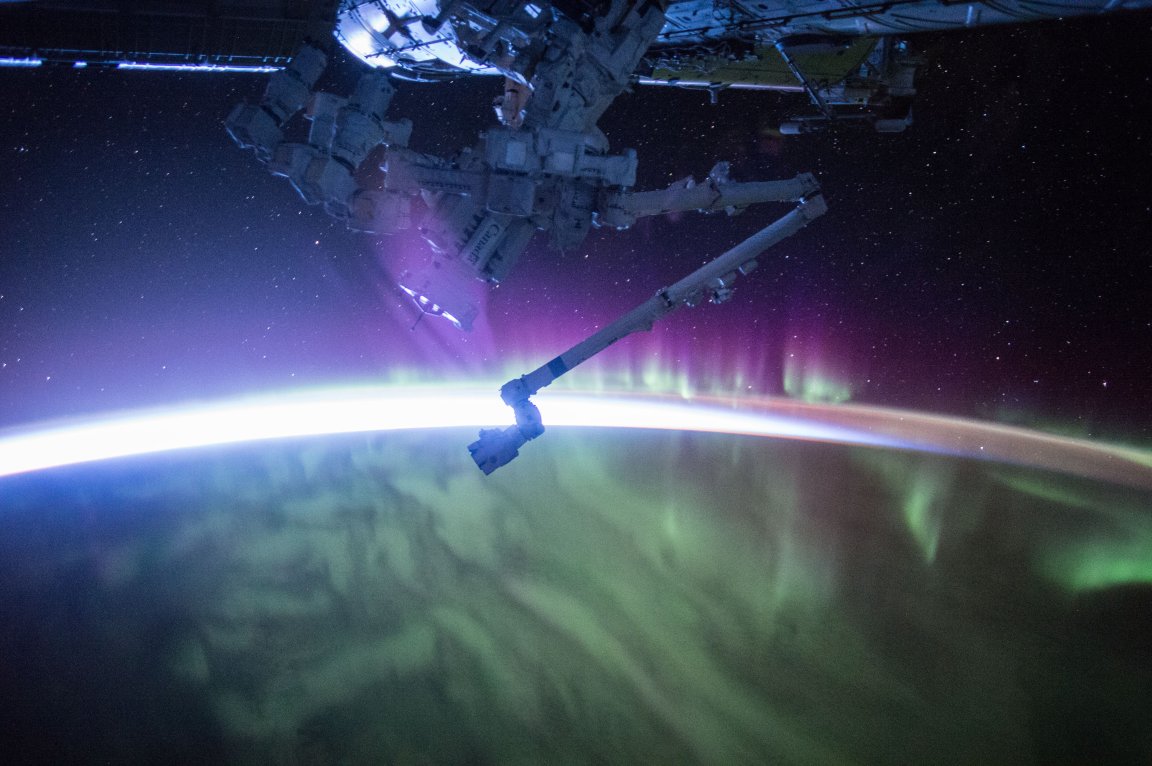
Space Radiation
Space radiation is among the primary health risks astronauts face when journeying into space. As the HI-SEAS mission V crew emerges from its latest isolation training experiment, and the world waits for the next SpaceX mission to Mars update, NASA’s Human Research Program (HRP) is working to guard the human body from harm caused by space radiation.
“Determining astronaut health consequences following radiation exposure involve very complex processes,” NASA research physicist Tony Slaba said in a NASA feature. “It’s difficult to quantify exactly how radiation is interacting with tissues and cells — and more complicated to quantify and determine what long-term outcomes are going to be in terms of the potential diseases and biological system effects.”

Radiation can harm virtually any cell in the body. The HRP is researching the entire range of long-term health consequences of radiation exposure, including cancer and adverse effects to the cardiovascular and central nervous systems. Space radiation can narrow and harden arteries, damage the heart, and cause cardiovascular disease by eliminating cells in the linings of the blood vessels. Radiation exposure can also hamper neurogenesis by damaging or killing existing neurons faster than the body can repair or replace them. This can result in memory deficits and cognitive impairment.
“The primary means by which radiation effects cells is by damaging DNA — breaks in strands could be experienced,” Peter Guida, NASA Space Radiation Laboratory liaison biologist, said in the NASA feature, noting that DNA bases themselves can also be knocked out. “The cell will make an attempt to repair these damages. Sometimes it’s effective and sometimes it’s not, and sometimes it can be misrepaired. Genes that have been misrepaired can become mutations, and the accumulation of these mutations over time can potentially lead to cancer.”
Space Radiation is Unique
Although some of these consequences are similar to the effects of radiation on Earth, studying and countering space radiation is a unique challenge.
“In space, outside Earth’s protective magnetic field and atmosphere, there is a very complex radiation field of protons, and all the elements on the periodic table are coming in at energies approaching the speed of light,” Slaba said in the NASA feature. “Exposure to radiation in space is quite different than exposure to radiation on Earth (like X-rays and gamma rays).”
The HRP’s focus is on solutions that will protect astronauts such as those that take on the next Mars mission. Concepts being researched to prevent long-term damage include faster rockets, to reduce the time spent in space, pharmaceutical countermeasures, and shielding materials for habitats, space suits, and transport vehicles.